Unveiling the Excitement of Blackjack at Panalobet Pro | A Thrilling Dive into the World of Live Online Casino

Step into the electrifying world of Panalobet Pro, where the thrill of live Blackjack reaches new heights. As the curtains rise on the captivating realm of online casinos, Panalobet Pro emerges as a frontrunner, offering an unparalleled experience in the world of live Blackjack. Join us on a journey through the virtual casino doors, where the cards are shuffled, the stakes are high, and the excitement is palpable.
Panalobet Pro – A Pinnacle in Online Gaming

Panalobet Pro stands as a testament to cutting-edge online gaming, setting a new standard in the industry. Renowned for its user-friendly interface, seamless navigation, and a diverse range of games, this online casino has become a go-to destination for enthusiasts seeking an authentic casino experience from the comfort of their homes.
Live Blackjack – A Fusion of Tradition and Technology

At Panalobet Pro, live Blackjack transcends the boundaries of traditional gaming. With state-of-the-art technology, players are transported to a virtual casino floor where professional dealers await. The live-streamed action brings the essence of a brick-and-mortar casino directly to players’ screens, fostering an immersive and interactive environment.
The Thrill of the Cards
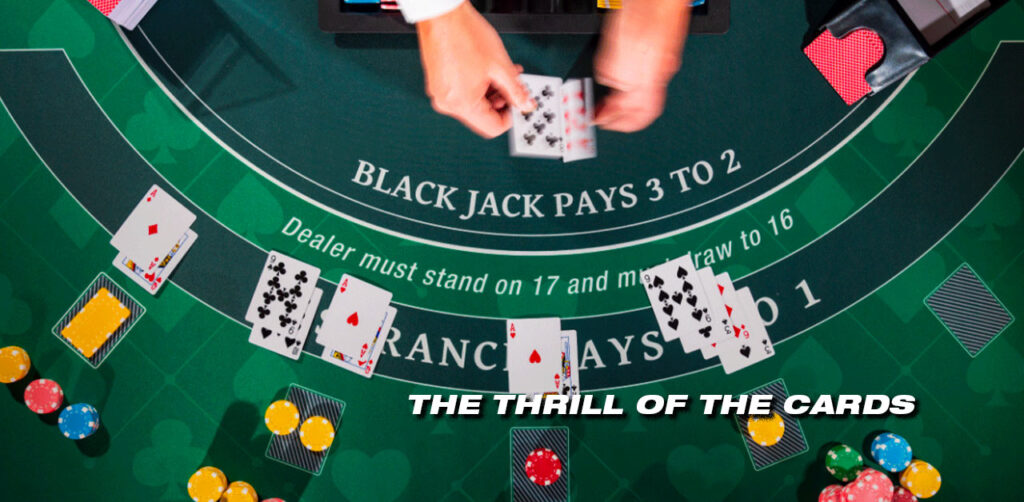
The heart of any Blackjack game lies in the cards, and Panalobet Pro ensures that players experience the thrill of each draw. The live aspect adds an extra layer of excitement, with real-time card dealing and interactions with skilled dealers. Whether you’re a seasoned player or a novice, the dynamic atmosphere at Panalobet Pro ensures an engaging and entertaining gaming session.
Variation of Online Blackjack

Embark on a thrilling journey into the vibrant landscape of online blackjack variations at Panalobet Pro, where the classic game undergoes refreshing twists, blending timeless appeal with dynamic energy. Immerse yourself in this unique fusion that promises an exhilarating gaming experience, adding a new dimension to your pursuit of excitement in the virtual realm of casino blackjack.
Classic Blackjack
Classic Blackjack, the epitome of this enduring card game, holds timeless charm whether played in opulent brick-and-mortar casinos or the convenient realm of online blackjack. With straightforward rules and strategic intricacies, this variation, played with a standard deck of 52 cards, invites participants to aim for a hand value of 21 or proximity to it without exceeding. Classic Blackjack spans generations, providing an immersive encounter in both live and online casino environments.
European Blackjack
Infusing a hint of continental sophistication into the timeless card game, European Blackjack captivates players across live and online settings with its subtle rule distinctions. Using two decks, it introduces a distinctive strategic element, and the dealer is dealt only one initial card, heightening the element of anticipation. European Blackjack seamlessly intertwines strategy and chance, offering enthusiasts an elegant variation in the realm of casino blackjack.
Spanish 21 Blackjack
Stand out and experience exhilaration with Spanish 21 Blackjack, a dynamic variant in both online and live blackjack arenas. Notable for excluding 10s from its deck, this version infuses a distinct flavor into the classic card game. The player-friendly atmosphere introduces special bonuses for specific hand combinations, adding an extra layer of excitement to the overall casino blackjack experience. Spanish 21 stands out as an intriguing option for those seeking a delightful variation of the classic blackjack experience.
Blackjack Switch
Dive into the intriguing world of Blackjack Switch, a compelling variation available in both live and online blackjack environments. In this unique variant, players receive two hands and can interchange the second cards dealt between them, introducing a strategic layer to the game. The engaging dynamics and strategic choices embedded in Blackjack Switch make it an enticing option for enthusiasts looking to explore a fresh perspective within the realm of traditional casino blackjack.
How to choose right variation
Choosing the right variation of blackjack depends on several factors. Below are some recommendations to assist you in making a well-informed decision:
How to play online blackjack
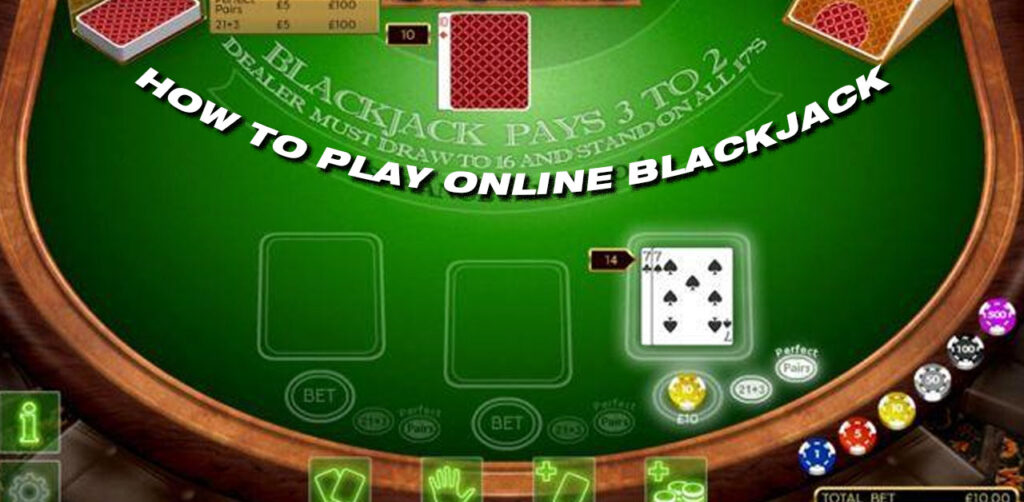
Betting:
Card Distribution:
Objective:
Drawing Cards:
Best Hand – Blackjack:
Card Values:
Winning and Payouts:
Dealer Rules:
Decision Options:
Splitting
Definition:
– Splitting occurs when a player is dealt two cards of equal rank.
– The player can choose to split the pair, creating two separate hands.
Procedure:
Doubling Down:
Definition:
Procedure:
Surrender:
Definition:
Procedure:
Additional Game Play Options

Hit:
Stand:
Insurance:
Even Money:
The provided information outlines the general rules for Live Blackjack in a casino setting. Here’s a summary:
General Game Rules
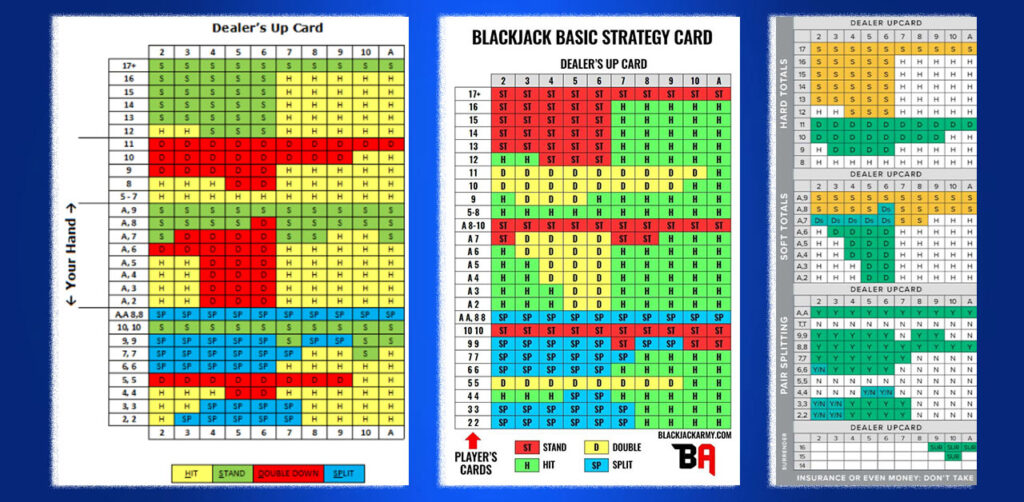
Deck Configuration:
Card Distribution:
Peeking for Blackjack:
Blackjack Payouts:
Dealer’s Play:
Additional Player Options:
Splitting Pairs:
Surrender Option:
These rules provide a comprehensive overview of the gameplay, including actions like buying insurance, doubling down, splitting pairs, and the conditions under which the dealer must stand. Players should familiarize themselves with these rules to make informed decisions during the game. Keep in mind that specific details may vary based on the casino and the exact variant of Live Blackjack being played.
Table Types and Side Bets in Live Blackjack

Live Blackjack tables offer a variety of features and side bets to enhance the gaming experience. Here’s an overview:
Table Types:
Operational Hours:
Private Tables:
Language Support:
Bet Behind:
Various Limits:
Side Bets:
Perfect Pairs™:
| Perfect Pair (matched suits, e.g., 9s-9s, Ah-Ah): | 25:1 |
| Colored Pair (matched colors, e.g., 7s-7c, Qh-Qd): | 12:1 |
| A Mixed Pair is formed when two cards of the same rank but with different suits are matched, for example, 6 of spades and 6 of diamonds or King of clubs and King of hearts. | 6:1 |
21+3™:
| Suited Trips (e.g., Qs-Qs-Qs): | 100:1 |
| Straight Flush (e.g., 7d-8d-9d): | 40:1 |
| Three of a Kind (e.g., 3d-3h-3s): | 30:1 |
| Straight (e.g., 9c-10d-Jh): | 10:1 |
| Flush (e.g., 2h-6h-10h): | 5:1 |
Blackjack Basic Strategy

In the dynamic world of blackjack, strategic success goes beyond chance, relying on a systematic approach known as basic strategy. This method, rooted in mathematical principles, enables players to make optimal decisions at every point, forming the foundation of a calculated and skillful pursuit of 21.
Surrender Decisions:
Splitting Pairs:
Hard Totals:
Soft Totals:
Card Counting in Blackjack: Unveiling the Hi-Lo System
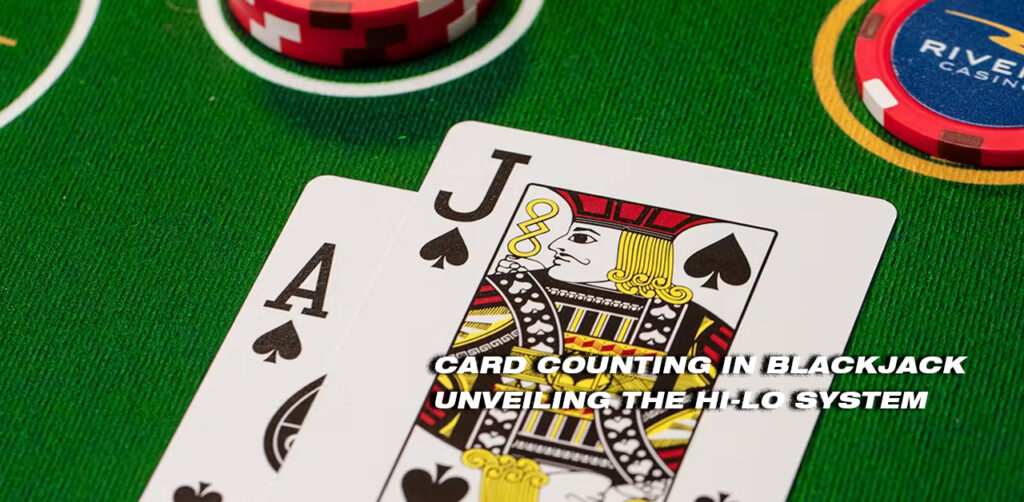
Purpose:
Card counting in blackjack serves the purpose of gauging the probable advantage in the upcoming hand by meticulously tracking the presence of low and high-value cards in the game.
Perception:
Contrary to widespread belief, card counting strategies exhibit varying levels of complexity. Some are straightforward tally systems, while others demand precision through intricate calculations.
How Card Counting Works
Assigning Values:
Running Count:
True Count:
Improving Advantage:
Learning the Hi-Lo System:
The Hi-Lo system stands out as a simple and popular card counting strategy, particularly suitable for newer or casual blackjack players.
Hi-Lo System – Basic Card Counting System:
The Hi-Lo system is a ‘balanced’ card counting strategy widely used in blackjack. It involves calculating a running count to assess the composition of the remaining deck or shoe, aiding players in making strategic betting decisions.
Card Values in Hi-Lo:
Steps to Calculate Hi-Lo Running Count:
Assign Values:
Begin with a Zero Count:
Adjust the Running Count:
Example:
Running Count Throughout the Game:
Hi-Lo True Count:
The true count is essential for adjusting bets based on the actual advantage. The formula for determining the betting amount is:
\[ \text{Betting Amount} = \text{True Count} – 1 \text{ Betting Unit} \]
Adjusting bets proportionally to the true count maximizes the player’s advantage.
Card Counting with Different Deck Numbers:
Single Deck:
Multiple Decks:
Other Card Counting Systems:
While the Hi-Lo system is excellent for beginners, more advanced players may explore sophisticated systems like the Omega II and Wong Halves. These systems offer increased precision and efficiency in betting decisions but require a higher level of skill.
Omega II Card Counting System:
The Omega II system is more complex than the Hi-Lo system, providing greater precision in assessing a player’s advantage in blackjack.
Omega II Running Count:
Start at 0:
Add or Subtract Values:
Maintain the Running Count:
Omega II True Count:
In the Omega II system, calculating the true count is crucial for adjusting betting strategies based on the remaining cards in the shoe. The true count offers a more accurate measure of the player’s advantage.
This advanced system showcases the intricate nature of card counting, providing seasoned players with a heightened level of sophistication in their strategic gameplay.
How to Win at Blackjack
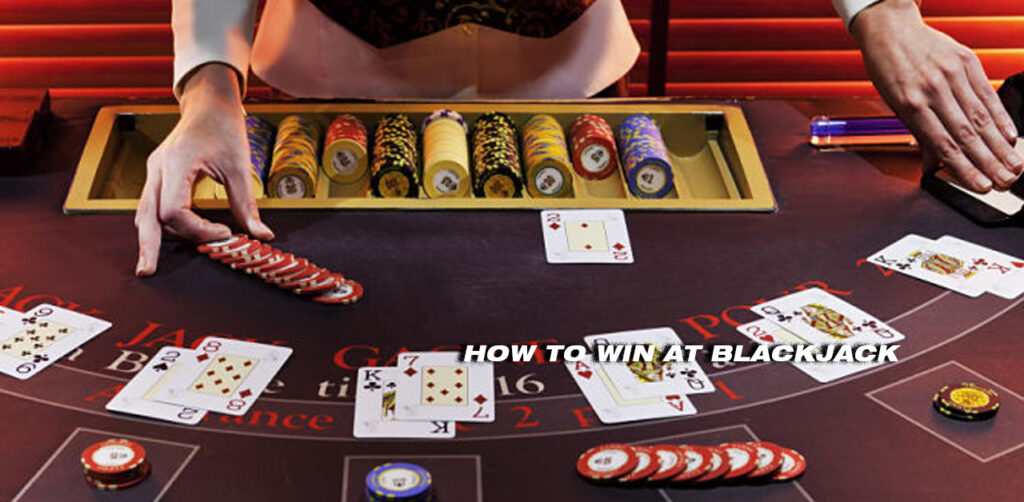
Winning at blackjack involves a combination of strategic gameplay, effective decision-making, and disciplined bankroll management. Here are some tips to increase your chances of success:
Learn Basic Strategy:
Familiarize yourself with basic blackjack strategy. This involves understanding the optimal moves based on your hand and the dealer’s up-card.
Card Counting:
Consider learning and practicing card counting techniques, such as the Hi-Lo system. While not essential, it can provide an additional edge by adjusting your bets based on the composition of the deck.
Manage Your Bankroll:
Establish a budget for your blackjack sessions and adhere to it consistently. Refrain from pursuing losses and maintain discipline in your wagering. This ensures that you can partake in the game without jeopardizing more than your predetermined financial limit.
Choose the Right Table:
Select a blackjack table with favorable rules. Look for tables with lower house edges and avoid games with unfavorable conditions like 6:5 blackjack payouts.
Understand Table Rules:
Be aware of specific table rules, including whether the dealer hits or stands on a soft 17, the number of decks in play, and whether surrender is allowed. Choose tables with rules that align with optimal strategy.
Avoid Insurance Bets:
Generally, it’s advisable to avoid taking insurance bets. The odds are not usually in favor of the player in this scenario.
Practice Bankroll Management:
Implement a strategy for managing your bankroll. Avoid placing large bets during losing streaks and consider increasing your bets during winning streaks.
Stay Sober and Focused:
Playing blackjack requires concentration. Avoid alcohol and other distractions that might impair your judgment and decision-making skills.
Know When to Quit:
Set win and loss limits for each session. If you reach your limit, whether it’s a winning or losing limit, have the discipline to walk away.
Be Patient:
Blackjack is a game of skill and strategy. Be patient, stick to your plan, and don’t be swayed by emotions or impulsive decisions.
Practice Regularly:
Use online platforms or casino simulations to practice your skills and test different strategies in a risk-free environment.
Stay Informed:
Keep yourself updated on the latest blackjack strategies, rule variations, and industry trends. Continuous learning can contribute to improving your gameplay.
Remember, while these tips can enhance your chances of winning, there’s always an element of luck in gambling. It’s crucial to approach blackjack as a form of entertainment, and winning should be viewed as a pleasant outcome rather than a guaranteed result.
FAQ
Conclusion
Achieving victory in blackjack requires a delicate balance of skill, strategy, and discipline. By familiarizing yourself with and implementing basic strategy, practicing prudent bankroll management, and exploring advanced techniques like card counting, players can enhance their likelihood of success. It’s crucial to approach the game with a pragmatic mindset, recognizing it as a source of entertainment rather than a guaranteed avenue for profit. Whether you’re a novice or a seasoned player, comprehending the rules, staying abreast of updates, and maintaining focus are essential elements for a satisfying and potentially lucrative blackjack experience. And, as you delve into the world of blackjack, keep an eye on the innovations in Panalobet Pro for an added layer of excitement and opportunity.






